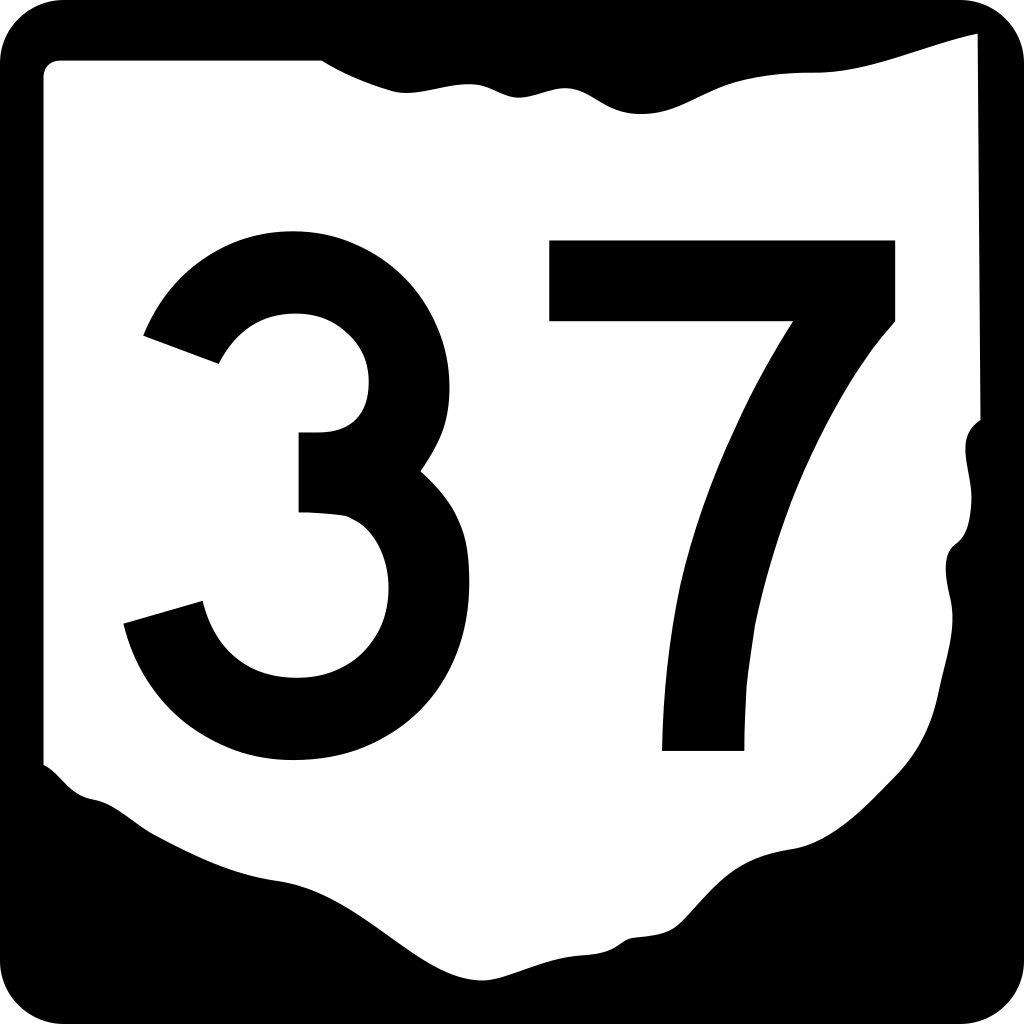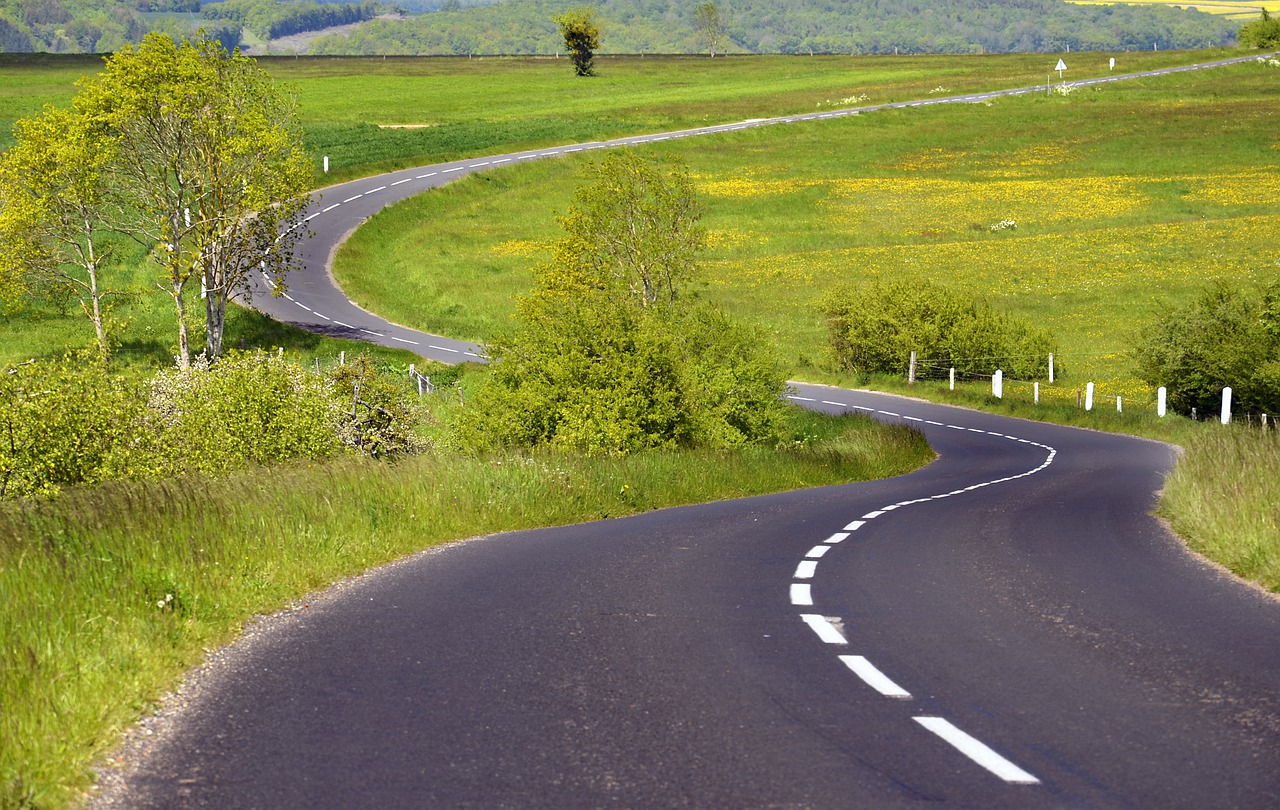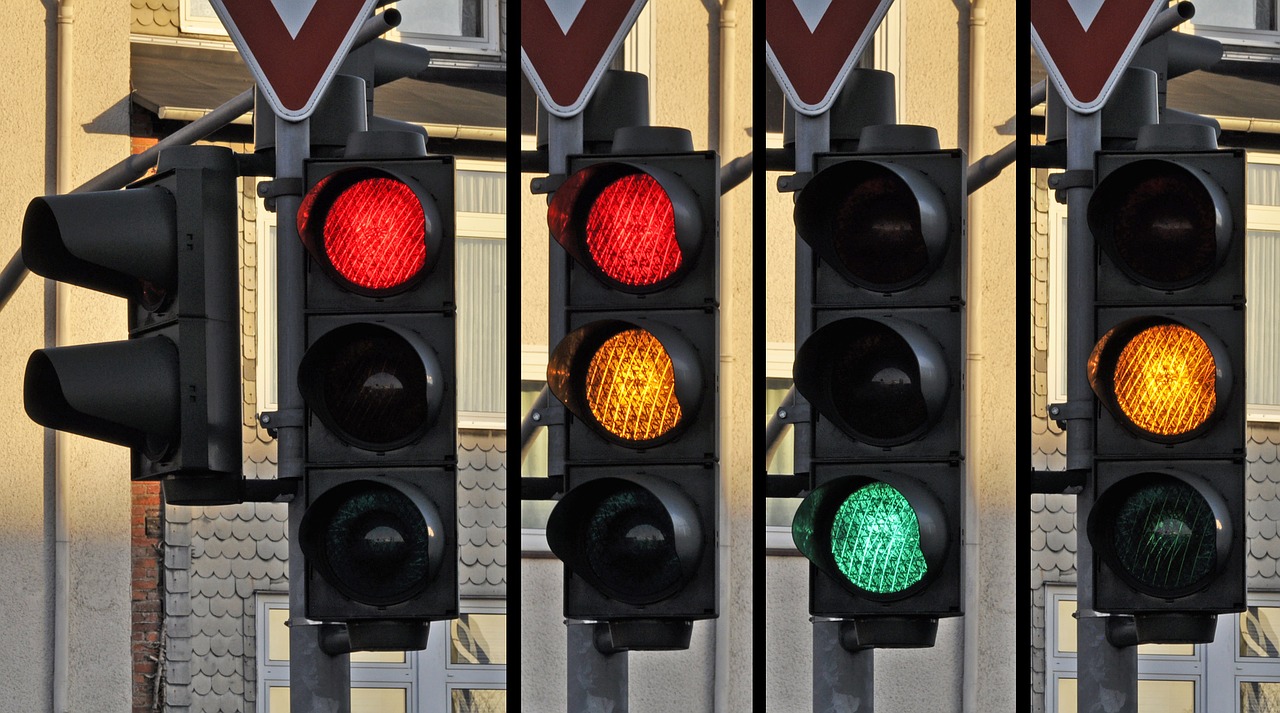By 1808Delaware
We continue our series “Everything You Always Wanted To Know About,” where we dive into weeds to bring you details on Delaware County ‘s geographical, cultural, and scenic landmarks. In particular, we are continuing our look at the County’s collection of highways and byways.
Delaware Countians know Ohio Route 37 very well. For many, it is routinely paired with Ohio Route 36, as the two are paired on the route between Delaware and Sunbury.
Not as many might realize that State Route 37 is one of Ohio’s very first state routes, or that it is the ninth longest in the state’s current transportation system at 174.21 miles.
The initial conception for Route 37 was developed in the 1920s and the route was scheduled to connect Lancaster and Marietta. Largely built in the early 1930s at an initial width of 36 feet, in 1932 the route was extended through our part of Ohio to Findlay, and then in 1935 the eastern section was shortened. Currently, the western terminus is the intersection of US 224 and State Route 12 in Findlay, and the eastern terminus is where it meets State Route 60 and 78 in McConnelsville.

Even though State Route 37 goes further from north to south than west to east, it is considered to be an east-west highway.
State route 37 goes through 10 counties, as well as the cities and villages of Findlay, Mt. Blanchard, Forest, Marseilles, La Rue, Richwood, Magnetic Springs, Delaware, Sunbury, Johnstown, Lancaster, New Lexington. Malta, and McConnelsville. In southeast Ohio, State Route 37 was known as the Muskingum River Road.
In 1933, there was a fight to save a venerable tree oak standing in middle of Route 37 near New Lexington. “Old timers of the vicinity, who recall the innumerable times the tree served as a shelter for picnic parties, are preparing to fight a new movement to have the tree removed,” The Evening Review in East Liverpool shared.
Modern travelers will note no such impediment, so we know who won that skirmish.









